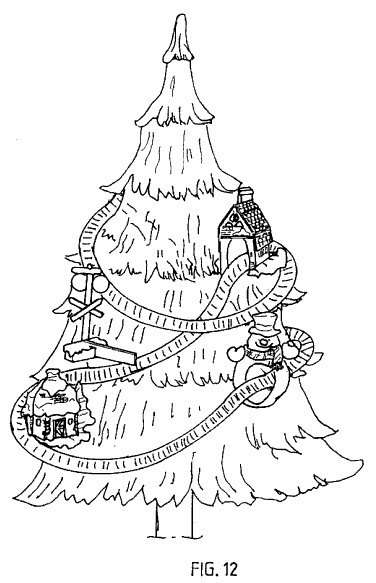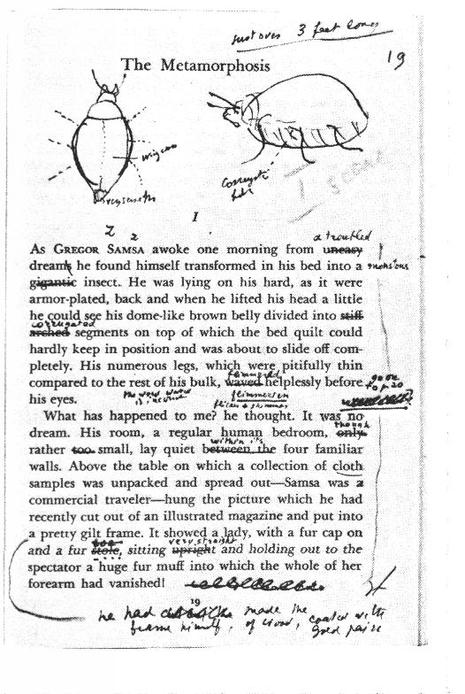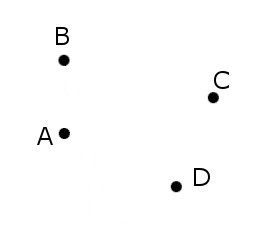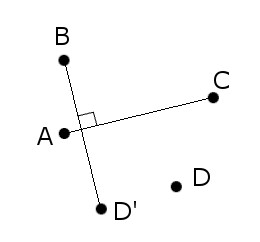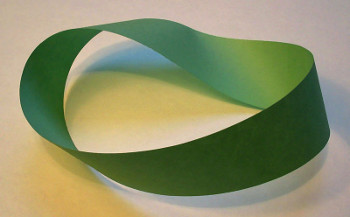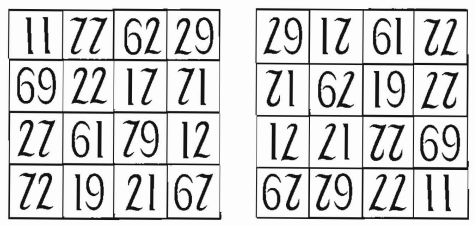In 1958, acoustician William MacLean of the Polytechnic Institute of Brooklyn answered a perennial question: How many guests can attend a cocktail party before it becomes too noisy for conversation? He declared that the answer, for a given room, is

where
N0 = the critical number of guests above which each speaker will try overcome the background noise by raising his voice
K = the average number of guests in each conversational group
a = the average sound absorption coefficient of the room
V = the room’s volume
h = a properly weighted mean free path of a ray of sound
d0 = the conventional minimum distance between speakers
Sm = the minimum signal-to-noise ratio for the listeners
When the critical guest N0 arrives, each speaker is forced to increase his acoustic power in small increments (“I really don’t know what she sees in him.” — “Beg your pardon?” — “I say, I REALLY DON’T KNOW WHY SHE GOES OUT WITH HIM”) until each group is forced to huddle uncomfortably close in order to continue the conversation.
“We see therefore that, once the critical number of guests is exceeded, the party suddenly becomes a loud one,” MacLean concluded, somewhat sadly. “The power of each talker rises exponentially to a practical maximum, after which each reduces his or her talking distance below the conventional distance and then maintains, servo fashion, just the proximity, tête à tête, required to attain a workable signal-to-noise ratio. Thanks to this phenomenon the party, although a loud one, can still be confined within one apartment.”
(William R. MacLean, “On the Acoustics of Cocktail Parties,” Journal of the Acoustical Society of America, January 1959, 79-80.)

